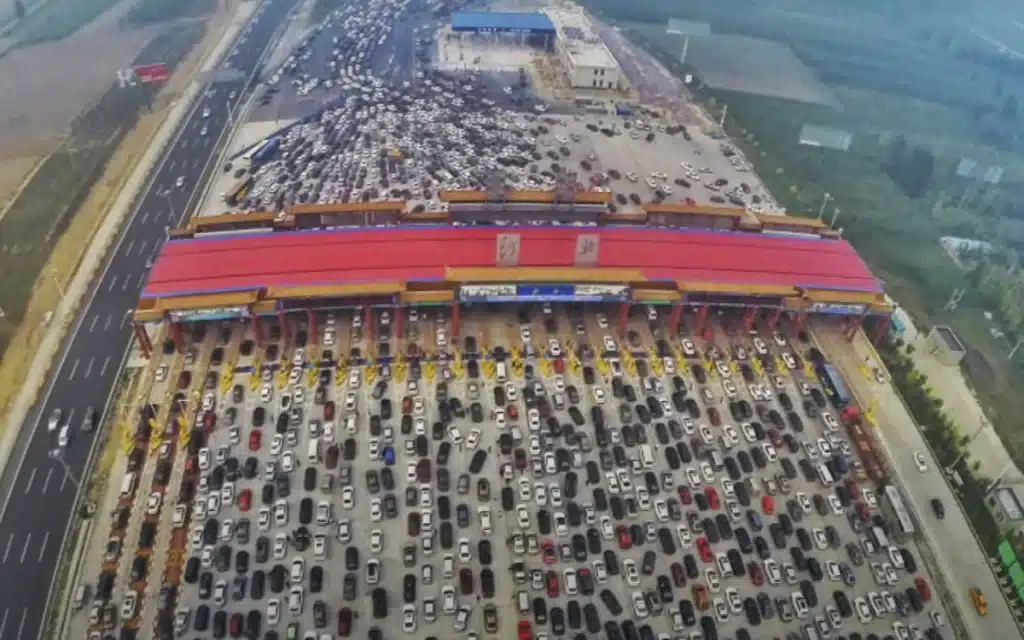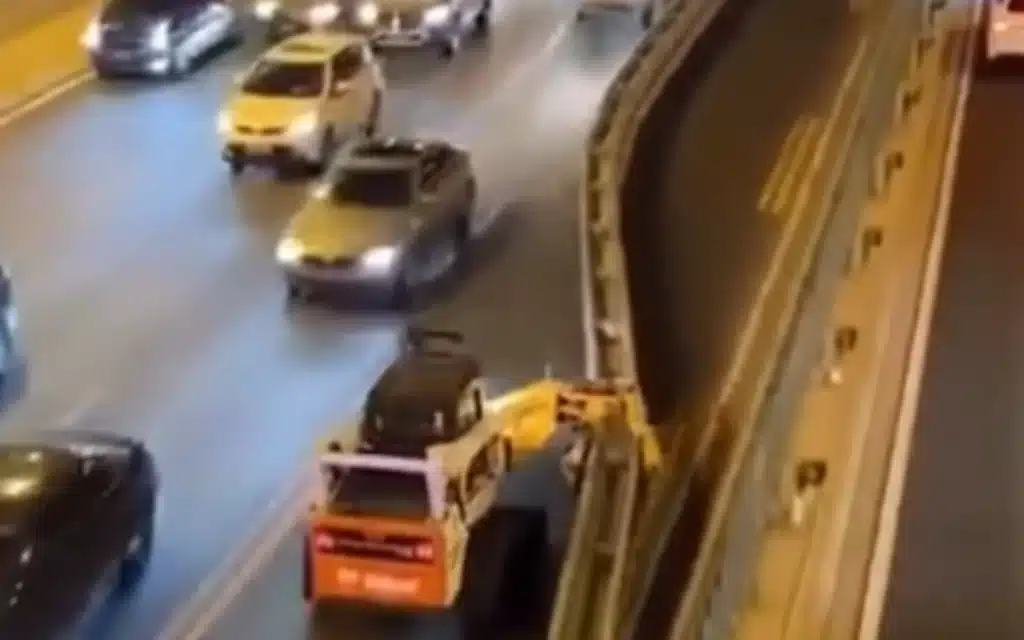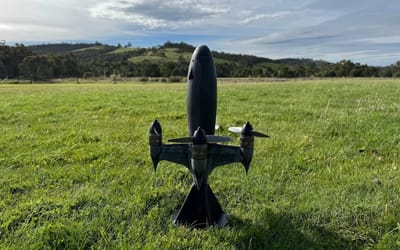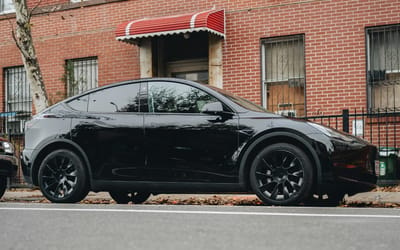China has started introducing a genius solution to traffic jams that‘s unlike anything in the US
Published on Aug 17, 2025 at 5:30 PM (UTC+4)
by Jason Fan
Last updated on Aug 14, 2025 at 5:14 PM (UTC+4)
Edited by
Kate Bain
Traffic jams are a nightmare in any country, but China is rolling out a surprisingly simple fix.
Borrowing from global active traffic management strategies, several cities have started using emergency lanes on expressways as temporary travel lanes during peak congestion.
The idea is to give drivers extra space when holiday traffic grinds to a crawl, without building a single new road.
It’s a clever mix of technology, enforcement, and flexibility that’s unlike anything most American drivers have experienced.
VISIT SBX CARS – View live supercar auctions powered by Supercar Blondie
China’s traffic jams can get pretty terrifying
The policy, sometimes called a ‘hard shoulder lane’ system, comes into play during China’s busiest travel periods, like Lunar New Year.
These are times when hundreds of millions of people hit the highways, and the traffic jams can stretch for miles.

Under the new approach, highway patrols and roadside cameras monitor the opened lanes to ensure safety, while digital road signs let drivers know when the emergency lane is fair game.
Once the peak subsides, the lane reverts to its traditional use for breakdowns and emergency stops.
This isn’t the only example of technology being integrated with roads either.
In South Korea, smart streets are able to spray themselves clean, dropping temperatures by up to 68 degrees.
It’s all part of a bigger picture: a broader push toward smarter urban mobility.
Alongside the temporary travel lanes system, Chinese cities are investing in real-time traffic monitoring, AI-powered traffic signal control, and even toll-free expressway travel during holidays to help ease pressure on the roads.
The government has been testing similar active traffic management tools for years, but these new deployments mark one of the largest rollouts yet.
In places like the UK, Germany, and Canada, opening the hard shoulder during rush hours has also cut congestion and reduced accidents.
Around the world, you’ll often see a number of unusual road features, although not all of them are this helpful.
This strategy is highly regulated in China
In China, early tests have shown modest but real improvements in travel times.
For drivers stuck in traffic jams, even shaving off a few minutes can make a long journey far less painful.
Critics do raise concerns over safety, especially when mixing moving traffic with the space traditionally reserved for breakdowns or emergency vehicles.

That’s why China’s version is highly regulated, with strict time limits, heavy monitoring, and quick shutdowns if conditions get dangerous.
Still, for a country with the largest expressway network in the world, the solution offers a scalable and relatively low-cost way to keep holiday traffic moving.
If you happen to be stuck in the giant Fourth of July traffic jam earlier this year, you probably would have wanted something like this to nudge things along.
DISCOVER SBX CARS: The global premium car auction platform powered by Supercar Blondie
Jason Fan is an experienced content creator who graduated from Nanyang Technological University in Singapore with a degree in communications. He then relocated to Australia during a millennial mid-life crisis. A fan of luxury travel and high-performance machines, he politely thanks chatbots just in case the AI apocalypse ever arrives. Jason covers a wide variety of topics, with a special focus on technology, planes and luxury.




